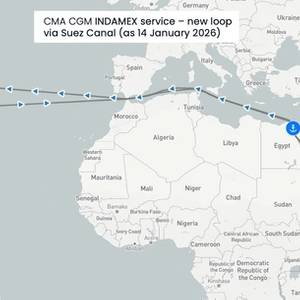
Major carrier CMA CGM has announced its INDAMEX service will transit Suez Canal on fronthaul and backhaul voyages between India/Pakistan and US East Coast in a notable step towards a largescale return of container ships to the Red Sea region.The first vessel to complete a full service loop via Suez Canal will be CMA CGM Verdi, sailing from Karachi to New York on 15 January.
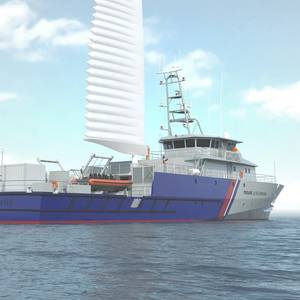
The next generation offshore patrol vessel (OPV), featuring hybrid propulsion and wind sails, has started taking shape as the first steel is cut for the Directorate General for Maritime Affairs, Fisheries and Aquaculture (DGAMPA) vessel, designed by the SOCARENAM-MAURIC consortium.
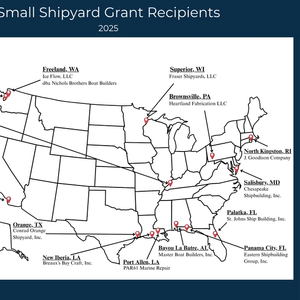
U.S. Transportation Secretary Sean P. Duffy has announced that the Maritime Administration (MARAD) has awarded $8.75 million in grants to revitalize U.S. shipyards and advance America’s maritime dominance.The funding is part of the Small Shipyard Grant program, which supports advanced training, workforce development and new technologies that strengthen U.S. shipbuilding and repair capabilities.
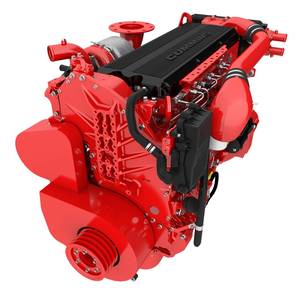
The maritime industry’s elusive quest to achieve so-called ‘zero’ emissions continues. Where it ends is not a one-size-fits-all discussion.The year-end maritime industry discussions tend to move away from global influence and back drift to national and domestic debates. As this happens
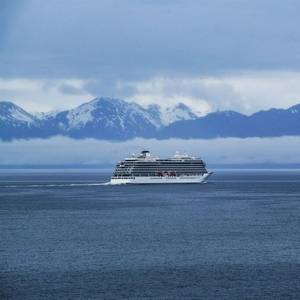
Wärtsilä Water & Waste, part of Wärtsilä, continues to deliver wastewater treatment performance in one of the world’s most closely monitored marine environments through their Hamworthy membrane bioreactor (MBR) systems, according to independent regulatory data from the Alaska Department of Environmental Conservation (DEC).
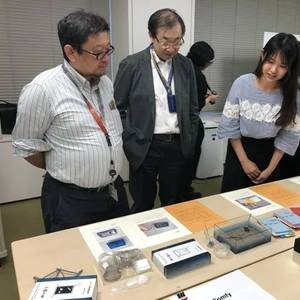
On September 26, NYK and Tama Art University (TAU) hosted the final presentation of their second co-creative research project, “Cozy・Comfy — Discovering Joy in Work and Life at Sea” at NYK’s head office in Tokyo. Seventeen master’s and bachelor’s students from Studio 3 of TAU’s Product Design Course unveiled a series of design proposals aimed at enhancing the well-being of future generations of
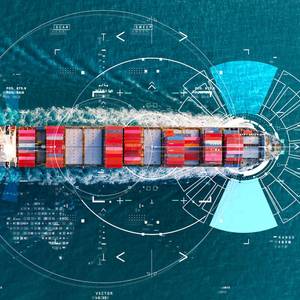
Weathernews, a Japan-headquartered weather intelligence firm, and Belgium’s Toqua, a developer of physics-informed AI for ship performance modeling, have entered a strategic partnership to integrate vessel-specific performance models into Weathernews’ voyage optimization systems.The collaboration aims to improve fuel efficiency and operational predictability by combining Toqua’s AI-trained
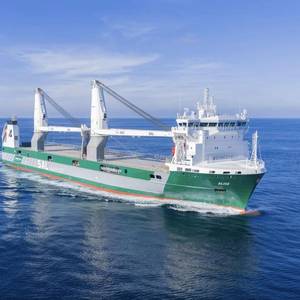
Harren Group, one of Germany’s ship-owning and maritime logistics specialists, will partner with Orca AI to strengthen navigational safety and operational efficiency for their newbuild heavy-lift vessels (HLVs), multipurpose vessels (MPVs), deck carriers and bulkers.Aligned with Harren Group’s shift toward quantifiable safety outcomes
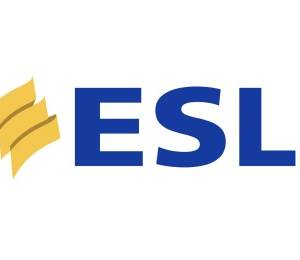
Committed to minimizing such risks and creating a safe and seamless shipping experience for its customers, Emirates Shipping Line (ESL) has joined the World Shipping Council’s (WSC) recently launched Cargo Safety Program.The occurrence of ship fires continues on an upward trend, calling for collective action across the maritime shipping industry, to safeguard crews, cargo, vessels
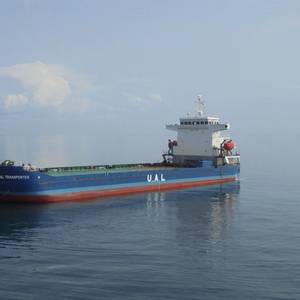
UAL has introduced the UAL Caribbean Shuttle, a fixed nine-day loop service linking Point Lisas in Trinidad & Tobago, Georgetown in Guyana, and Paramaribo in Suriname.The new service responds to increasing demand for reliable, multipurpose shipping options in the Southern Caribbean.
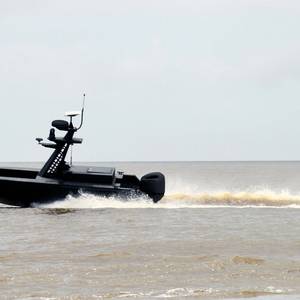
Louisiana-based boat builder Metal Shark is set to debut its latest unmanned surface vessel at the upcoming Sea-Air-Space military symposium in National Harbor, Maryland, with three days of on-water demonstrations.Metal Shark’s new high speed maneuverable unmanned surface vessel (HSMUSV) is a 21-foot military craft specifically configured for unmanned, human-in-the-loop operation.
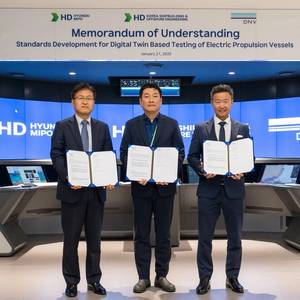
DNV has signed a memorandum of understanding (MoU) with HD Hyundai Mipo (HMD) and HD Korea Shipbuilding & Offshore Engineering (KSOE) to collaborate on developing new standards for using digital twins to test electric propulsion systems.The collaborative project aims to resolve issues related to the integration of highly complex vessel systems for electric propulsion.